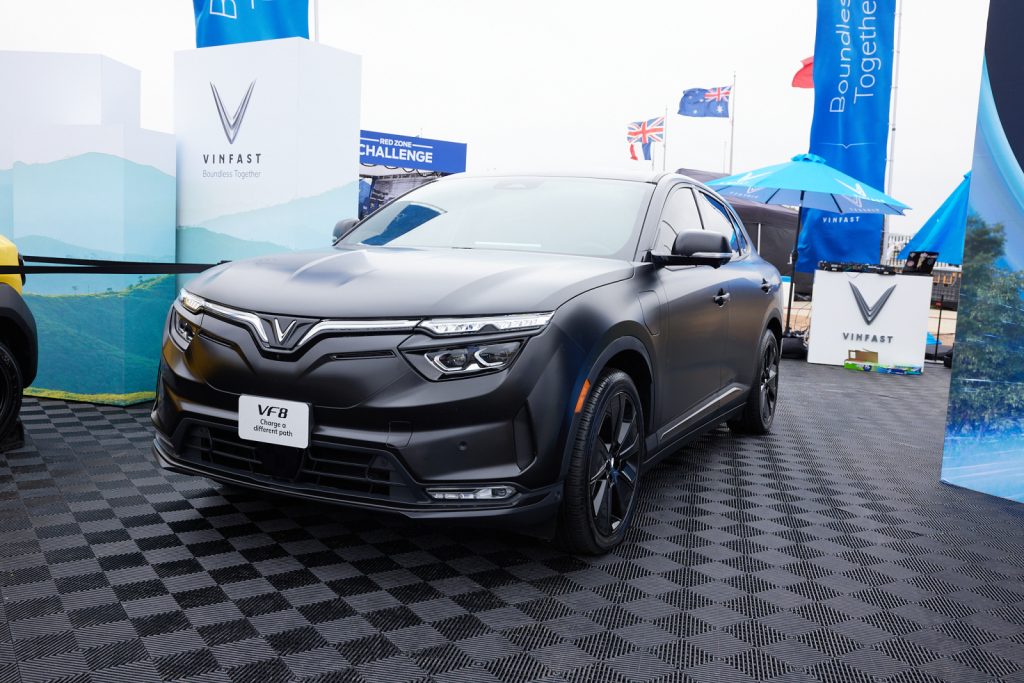Electrify Expo 2023: A Thrilling Ride into the Future with VinFast at the Heart of Texas
In the sprawling expanse of Texas, where the spirit of innovation and the thrill of speed often meet, the Electrify Expo 2023 held on November 11-12 at the Circuit of the Americas in Austin, Texas, marked a significant milestone in the journey towards a sustainable future. Amidst the electrifying atmosphere of one of the most exhilarating F1 race tracks in the world, VinFast, a rising star in the realm of electric vehicles, captured the imagination and excitement of attendees. As the sun rose over the Circuit of the Americas, the air buzzed with anticipation. Visitors from all corners of the country and beyond gathered, eager to witness the latest advancements in electric mobility. The event promised a unique blend of entertainment, education, and hands-on experiences, and it delivered spectacularly. VinFast’s booth was a hub of activity throughout the event. The VF 8 and its larger sibling, the VF 9, were on full display, drawing crowds eager to get a closer look at these innovative machines. The booth was more than just a showcase; it was an immersive experience. The excitement at the VinFast booth was palpable. The staff, brimming with enthusiasm and knowledge, guided visitors through the various features of…












